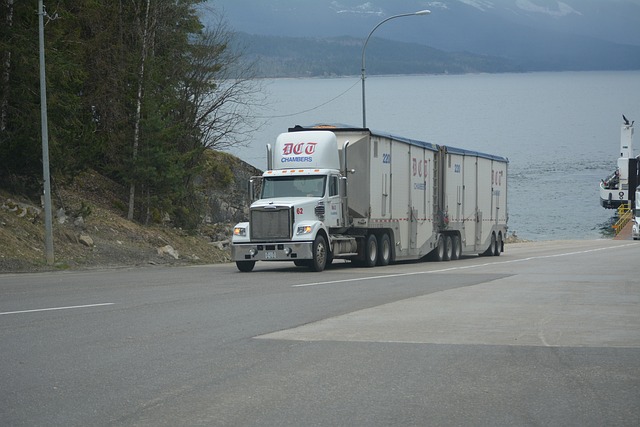Securing physical damage coverage for businesses with limited operational history is challenging due to insurers' reliance on past performance data for risk assessment. To overcome this, insurers must explore alternative data sources like construction details, location factors, and safety inspections, mitigating risk uncertainty. Proactive strategies include requesting comprehensive historical data, flexible underwriting tailored to individual needs, and fostering open communication to build trust. Demonstrating transparency and regular updates on risk mitigation efforts can enhance the chances of securing essential physical damage coverage.
Insurers often face a dilemma when evaluating risks with limited operational history. This is especially true in securing physical damage coverage, where past performance data is scarce. This article delves into the implications of lean operational records, focusing on identifying potential risks specific to physical damage claims. We explore strategies for insurers to navigate these challenges and best practices for businesses aiming to build trust and ensure comprehensive coverage despite their limited history.
Understanding the Impact of Limited Operational History

Limited operational history can pose significant challenges when it comes to securing adequate physical damage coverage. Insurers often rely on past performance and data to assess risk, evaluate premiums, and determine coverage limits. Without a comprehensive historical record of operations, underwriters may struggle to make informed decisions, potentially leading to higher costs or even denial of coverage for businesses with limited experience in their industry.
This lack of historical context can result in inaccurate risk assessments. For instance, a startup with innovative technology might have never faced significant operational risks before, but that doesn’t mean they are exempt from potential physical damage. Conversely, an older business may have experienced minor incidents but lack recent, relevant data to demonstrate their robust safety measures and risk management strategies. Understanding the nuances of limited operational history is crucial in mitigating these challenges and ensuring fair access to essential physical damage coverage.
Identifying Risks in Securing Physical Damage Coverage

When assessing risks for securing physical damage coverage, insurers must closely examine an asset’s past to predict potential future perils. Limited operational history can be a double-edged sword; while it may indicate a relatively new establishment, it also leaves insurers with fewer data points to underwrite accurately. Without historical claims records or documented incidents, it becomes challenging to assess the likelihood and severity of potential physical damage events like fires, storms, or accidents. This uncertainty increases risk for both the insurer and the policyholder, as underestimating risks can lead to substantial financial losses during a claim.
Identifying specific risks associated with an asset’s construction, location, and past usage is crucial. For instance, a newly constructed building in a flood-prone area or near active fault lines may face higher risks of physical damage compared to one with an extensive operational history in a stable, low-risk environment. Insurers must gather alternative data—such as engineering reports, safety inspections, and local environmental assessments—to mitigate the impact of limited historical data and make informed decisions regarding physical damage coverage.
Strategies to Mitigate Concerns for Insurers

Insurers often face a dilemma when evaluating risks associated with policies for entities new to the market or those with limited operational history, especially regarding physical damage coverage. To mitigate concerns, proactive strategies can be employed. One effective approach is to require comprehensive historical data and detailed financial records from applicants. This enables insurers to conduct thorough risk assessments by analyzing past performance and financial stability, which are crucial indicators of potential future risks.
Additionally, insurers can implement flexible underwriting practices tailored to the specific needs of these entities. This may include offering provisional coverage with conditions for further review based on a set period of operational history. Such an approach allows for a more nuanced understanding of the business’s dynamics and risk profile, fostering a fairer and more accurate insurance process.
Best Practices for Building Trust and Ensuring Coverage

Building trust with insurance providers is essential for securing physical damage coverage, especially when dealing with a limited operational history. Start by providing comprehensive and transparent documentation detailing your business’s past performance and any relevant risk mitigation strategies already in place. Regularly update this information as your operations evolve to demonstrate ongoing commitment to best practices.
Additionally, foster open communication channels with insurers. Engaging in proactive discussions about potential risks and their management can help dispel concerns. Demonstrate a willingness to collaborate on risk assessment and loss prevention measures, ensuring that both parties are aligned in mitigating the likelihood of physical damage occurrences and their impact on coverage claims.
While limited operational history can pose risks for insurers assessing potential claims, implementing strategic mitigations and adopting best practices can foster trust and enhance access to essential physical damage coverage. By proactively addressing these concerns, businesses can navigate the challenges of an incomplete historical record and secure robust protection tailored to their needs.
